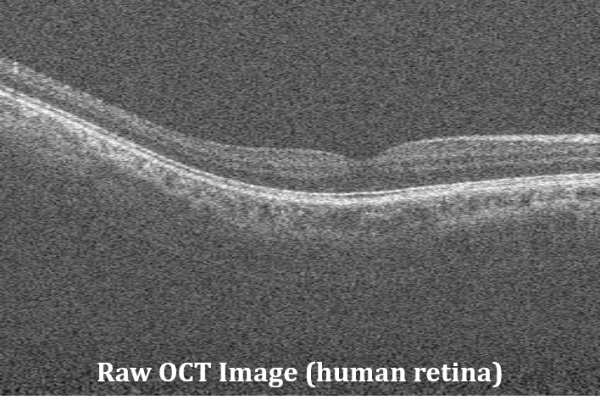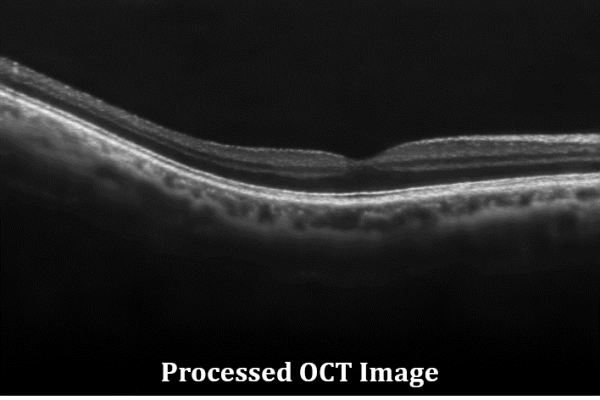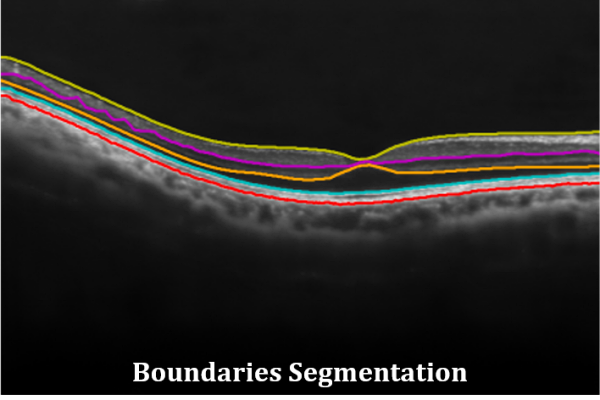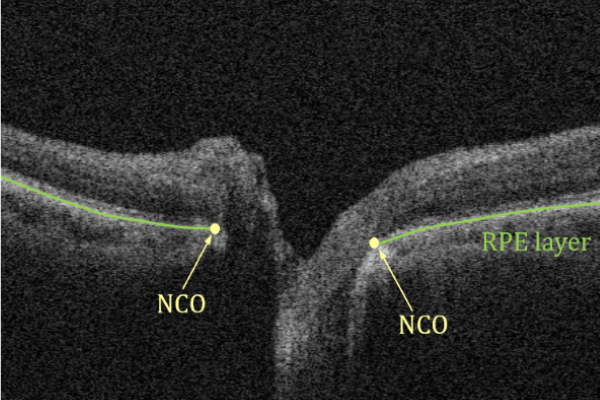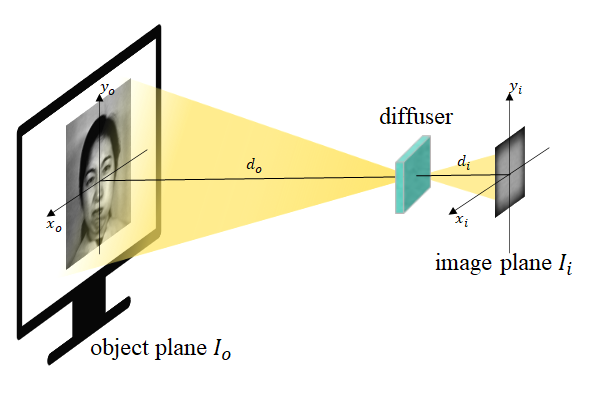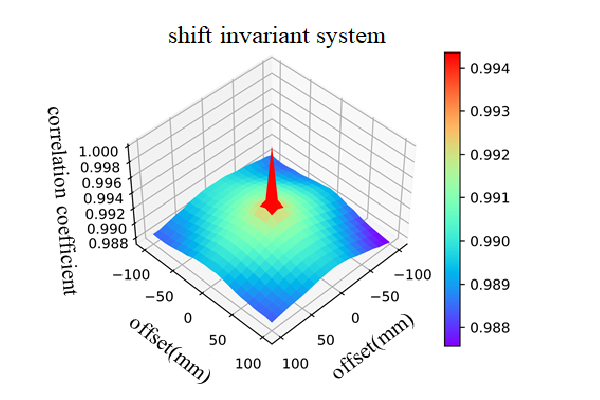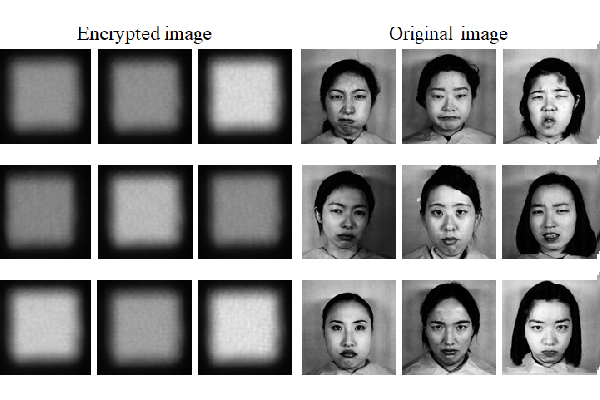Biomedical Imaging
Image Processing and Analysis for OCT Images
Optical coherence tomography (OCT) is a high-resolution, high-sensitivity, non-invasive imaging technique, which is very suitable for ophthalmology. However, the original OCT images are usually noisy and require preprocessing to extract useful information for clinical diagnosis.
Using Deep Learning for Automated Detection of Neural Canal Opening in OCT Images
Cup-to-disc ratio is an important indicator for early glaucoma detection. Typically, it starts from extracting the neural canal opening in the OCT image. However, it is hard to be completed only by traditional image processing. So, we proposed an deep learning based method to automatically detect the NCOs on an OCT image.
Display Technology
Pixelwise Illuminance Registration for Displays at Oblique Perspectives
A motorized railing system with camera rotation is proposed for automatic optical inspection for large-sized displays. Our algorithm for pixel registration in this scenario was successfully demonstrated to register pixelwise illuminance of a commercial display at different camera panning angles.
Lensless System
Under-Display Face Recognition System with Neural Network-Based Feature Extraction from Lensless Encrypted Images
This work introduces the world's first under-display lensless facial recognition system, utilizing a transparent micro-LED display, an amplitude modulation mask, CMOS sensor, and deep learning. The system encrypts facial information optically, preserving privacy by never capturing clear facial features. A novel recognition algorithm allows for user registration without model retraining, achieving 93.02% accuracy.
Scattering-type Lensless Encryption System for Face Recognition
A lensless encryption system with diffuser is proposed for face recognition. The facial images were encrypted to be unrecognizable amid the imaging chain of a lensless system. The encrypted intermediate images can be identified by the deep learning method.
Deep neural network for coded mask cryptographical imaging
We proposed a novel cryptographic imaging scheme which is the combination of optical encryption and computational decryption. We applied coded mask to optically encrypt the scene and utilized deep neural network (DNN) for computational decryption. For encryption, the sensor recorded a distinguishable representation of the original signal. For decryption, we reconstructed the image using DNN.
Machine Learning
Automatic Pixel-wise Logo and Banner Segmentation Algorithms
Accurate logo and banner segmentation are crucial for various applications, including local dimming algorithm for OLED displays, and even for video content classification and understanding. The proposed algorithm efficiently segments logos and banners for common seen TV images. Deep networks and conventional image processing techniques (edge detection, morphology, GrabCut) are applied. In addition, temporal information is considered in this algorithm to achieve high quality segmentation output.
Automatic Fabric Defect Detection
In this study, we developed a deep learning model based on convolutional neural network (CNN) to inspect the fabric surface anomaly. Proposed compact CNN model can achieve 90% classification accuracy and defect segmentation. With advantage of fast and effective, the model has potential to be applied in real-time surface inspection.
Novel Phase Retrieval Scheme through Deep Neural Network
Reconstructing the phase information of an image from its intensity is a classical problem in most information optical system. This paper made a tempt to solve the phase retrieval problem using deep residual learning framework. The mean absolute error of the recovered phase can be achieved down to 0.08π.
